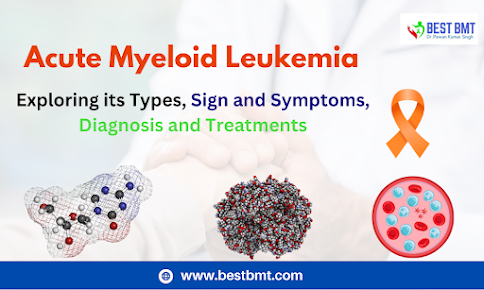Advances in Hairy Cell Leukemia: New Treatments and Patient Care Strategies
.png)
Hairy Cell Leukemia (HCL) is a rare type of blood cancer that affects the B-cells in the bone marrow. Over the past few years, there have been significant advances in the treatment of HCL, offering new hope and better outcomes for patients. One of the major breakthroughs in treating HCL is the development of targeted therapies. These treatments specifically attack cancer cells without harming normal cells, reducing side effects and improving effectiveness. One such targeted therapy is the drug cladribine, which has shown high success rates in inducing remission. Another promising drug is vemurafenib, particularly effective in patients with a specific genetic mutation (BRAF V600E). In addition to targeted therapies, immunotherapy has emerged as a powerful tool against HCL. Immunotherapy works by boosting the body's natural defences to fight the cancer. Rituximab, an antibody therapy, is often used in combination with other treatments to enhance their efficacy and prolong remission...
.png)
.png)
.png)
